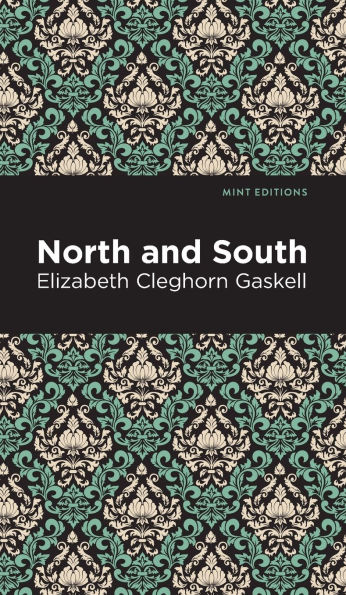With themes of class, social norms, and clashes between rural and urban environments, North and South is a sophisticated romance novel. Through the use of strong central characters and the set to the backdrop of the industrial revolution, Elizabeth Cleghorn Gaskell defies the tradition of romance, and portrayed topics left unexplored by other women of her time. First published in 1854, North and South features an entertaining narrative while providing valuable insight on the life and society of the 19th century Industrial Revolution in England.
This edition of Elizabeth Cleghorn Gaskell’s North and South is printed in a modern font and features a new, eye-catching cover design, making it both contemporary and accessible.
Since our inception in 2020, Mint Editions has kept sustainability and innovation at the forefront of our mission. Each and every Mint Edition title gets a fresh, professionally typeset manuscript and a dazzling new cover, all while maintaining the integrity of the original book.
With thousands of titles in our collection, we aim to spotlight diverse public domain works to help them find modern audiences. Mint Editions celebrates a breadth of literary works, curated from both canonical and overlooked classics from writers around the globe.
With themes of class, social norms, and clashes between rural and urban environments, North and South is a sophisticated romance novel. Through the use of strong central characters and the set to the backdrop of the industrial revolution, Elizabeth Cleghorn Gaskell defies the tradition of romance, and portrayed topics left unexplored by other women of her time. First published in 1854, North and South features an entertaining narrative while providing valuable insight on the life and society of the 19th century Industrial Revolution in England.
This edition of Elizabeth Cleghorn Gaskell’s North and South is printed in a modern font and features a new, eye-catching cover design, making it both contemporary and accessible.
Since our inception in 2020, Mint Editions has kept sustainability and innovation at the forefront of our mission. Each and every Mint Edition title gets a fresh, professionally typeset manuscript and a dazzling new cover, all while maintaining the integrity of the original book.
With thousands of titles in our collection, we aim to spotlight diverse public domain works to help them find modern audiences. Mint Editions celebrates a breadth of literary works, curated from both canonical and overlooked classics from writers around the globe.

North and South
442
North and South
442
Product Details
| ISBN-13: | 9781513206042 |
|---|---|
| Publisher: | Mint Editions |
| Publication date: | 07/27/2021 |
| Series: | Mint Editions (Political and Social Narratives) |
| Pages: | 442 |
| Product dimensions: | 5.00(w) x 8.00(h) x 1.00(d) |
About the Author

